Search the Special Collections and Archives Portal
Search Results
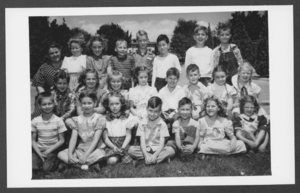
Photograph of Boulder City Elementary School Class, Boulder City, Nevada, circa 1947-1950
Date
1947 to 1950
Archival Collection
Description
Black and white photo of Boulder City Elementary School Class. Teacher is Louise Newell.
Image
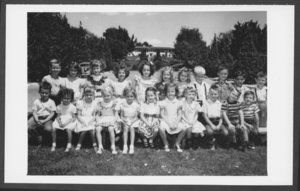
Photograph of Boulder City Elementary School class, Boulder City, Nevada, circa 1947-1950
Date
1947 to 1950
Archival Collection
Description
Black and white photo of Boulder City Elementary School class.
Image
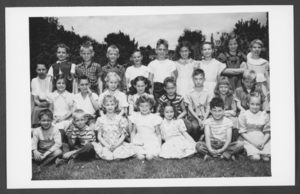
Photograph of Boulder City Elementary School class, Boulder City, Nevada, circa 1947-1950
Date
1947 to 1950
Archival Collection
Description
Black and white photo of Boulder City Elementary School class. Teacher is Mrs. Dorothy Johnson.
Image
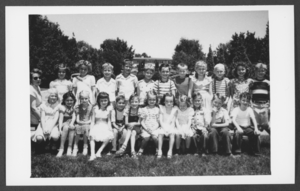
Photograph of Boulder City Elementary School class, Boulder City, Nevada, circa 1947-1950
Date
1947 to 1950
Archival Collection
Description
Black and white photo of Boulder City Elementary School class.
Image
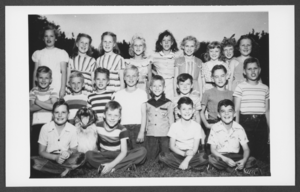
Photograph of Boulder City Elementary School class, Boulder City, Nevada, circa 1947-1950
Date
1947 to 1950
Archival Collection
Description
Black and white photo of Boulder City Elementary School class.
Image
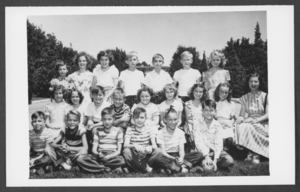
Photograph of Boulder City Elementary School class, Boulder City, Nevada, circa 1947-1950
Date
1947 to 1950
Archival Collection
Description
Black and white photo of Boulder City Elementary School class.
Image
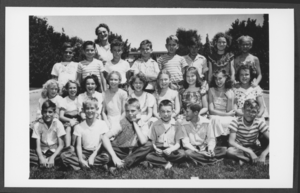
Photograph of Boulder City Elementary School class, Boulder City, Nevada, circa 1947-1950
Date
1947 to 1950
Archival Collection
Description
Black and white photo of Boulder City Elementary School class.
Image
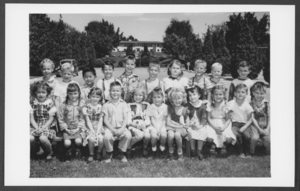
Photograph of Boulder City Elementary School class, Boulder City, Nevada, circa 1947-1950
Date
1947 to 1950
Archival Collection
Description
Black and white photo of Boulder City Elementary School class.
Image
Pagination
Refine my results
Content Type
Creator or Contributor
Subject
Archival Collection
Digital Project
Resource Type
Year
Material Type
Place
Language
Records Classification


